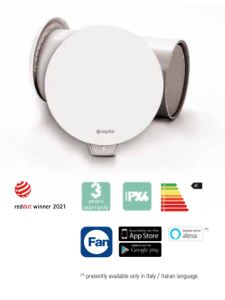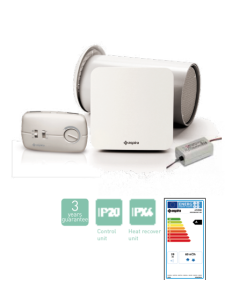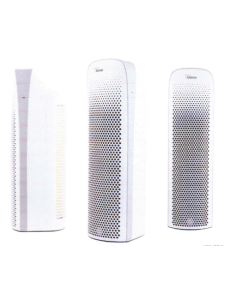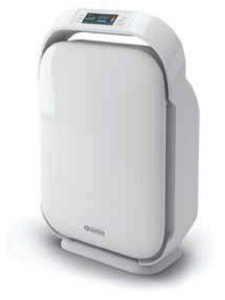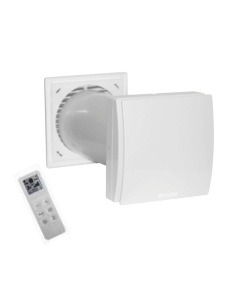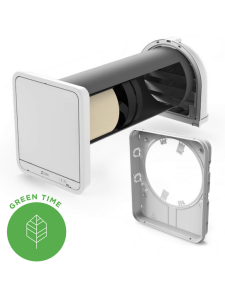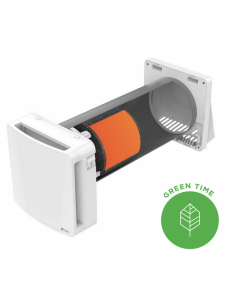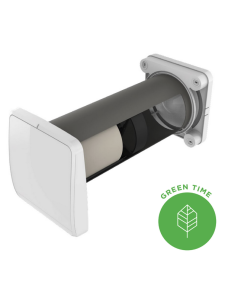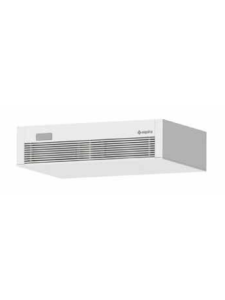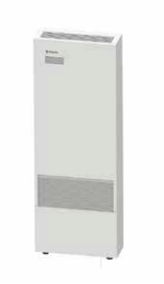
Shop Our Range Of Products:
Categories
ECOCOMFORT PLUS
POA
ASPIRVELO AIR ECOCOMFORT 2.0 SMART Series
POA
ASPIRVELO AIR ECOCOMFORT
POA
ASPIRVELO AIR RHINOCOMFORT RF
POA
Bimar PA100
POA
AURA CARE
POA
AURA ABSOLUTE
POA
SITALI SF 150
POA
OERRE ICON 200
POA
OERRE ICON 160
POA
OERRE TEMPERO CERAM 2.0
POA
OERRE GHOST
POA
ASPIRCOMFORT PRO X 460H
POA
ASPIRCOMFORT PRO X 380V
POA
EVOLUTION EVM SERIES
POA
Air Quality Solutions for Workplace Health
Our Heating & Ventilation products do more than regulate temperature, they support better health.
By improving air quality, reducing airborne pathogens, and helping meet compliance standards, they protect the people in your space.
From smart monitors and ventilation units to heaters and portable cooling, our range is curated with occupational health in mind.
Whether it’s controlling CO₂ in a meeting room or preventing damp in a clinic, we offer practical solutions that put wellbeing first.
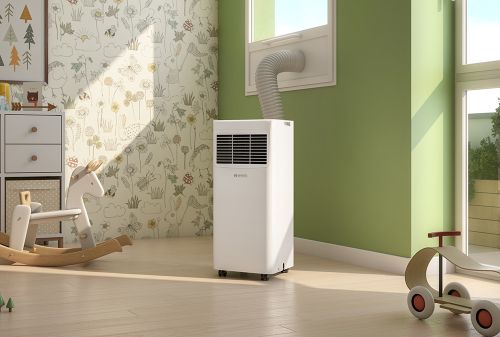

Why Ventilation Matters
Poor ventilation allows harmful pollutants, CO₂, VOCs, PM2.5, radon, and airborne pathogens, to build up fast. This affects health, concentration, and compliance.
The HSE and WHO now recognise ventilation as a key defence against airborne disease, especially in shared or high-risk environments.
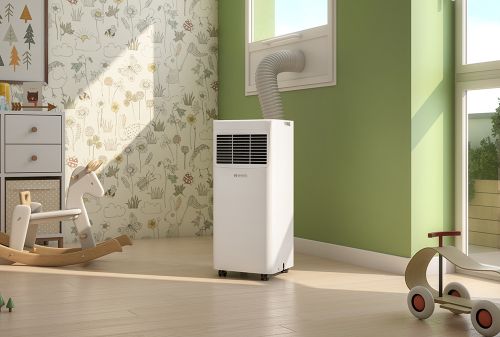
Lowers CO2
Poor airflow causes CO2 levels to rise, leading to fatigue, headaches, and poor concentration. Smart CO2 monitors help keep levels in check and support productivity.
Prevents Mould
Moisture buildup in sealed buildings creates ideal conditions for mould and dust mites. Ventilation systems help regulate humidity and protect respiratory health.
Reduces Airborne Disease
Stagnant air allows viruses and bacteria to linger. Effective ventilation dilutes airborne pathogens, reducing the spread of illnesses like COVID-19 and flu, especially important in high-occupancy spaces.
Removes Harmful Pollutants
Cleaning sprays, furnishings, and printers release VOCs that irritate the lungs. Air quality monitors detect them and can automatically activate ventilation when thresholds are breached.
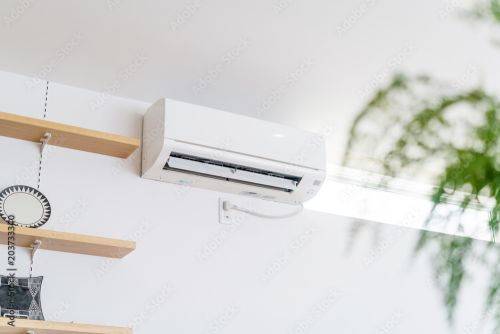
Heating & Ventilation
Frequently Asked Questions
What are the health risks of poor ventilation in the workplace?
Poor ventilation can lead to a build-up of CO₂, VOCs, fine particles (PM2.5), and airborne pathogens. This may cause fatigue, headaches, reduced concentration, and higher risk of illness, especially in shared or enclosed spaces.
How does ventilation help reduce the spread of airborne illnesses?
Effective ventilation systems circulate and refresh indoor air, diluting viruses, bacteria, and other airborne contaminants. This significantly lowers the risk of spreading illnesses like flu, COVID-19, and other respiratory infections, particularly in clinics, care homes, and offices.
What role do CO₂ monitors play in indoor air quality?
Smart CO₂ monitors track indoor carbon dioxide levels in real time. High CO₂ levels affect cognitive performance and wellbeing. Monitors help ensure fresh air is introduced when needed, supporting both comfort and compliance.
Can ventilation systems help prevent mould and damp?
Yes. Proper ventilation reduces moisture in the air, which prevents the buildup of damp and mould, key triggers for asthma and respiratory issues. This is especially important in healthcare settings, bathrooms, and poorly insulated spaces.

